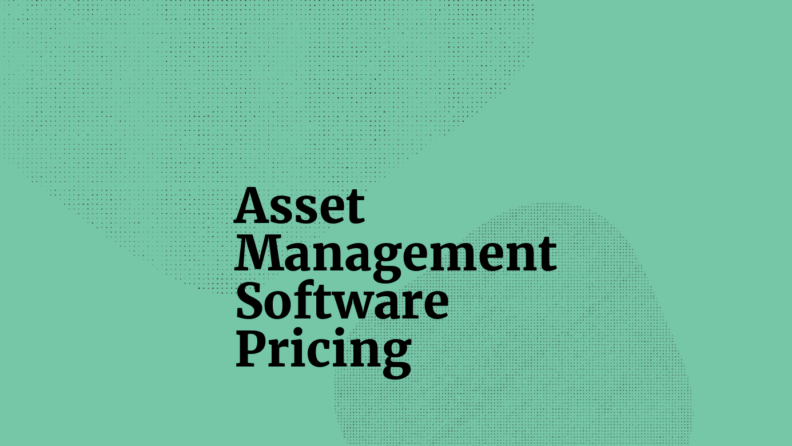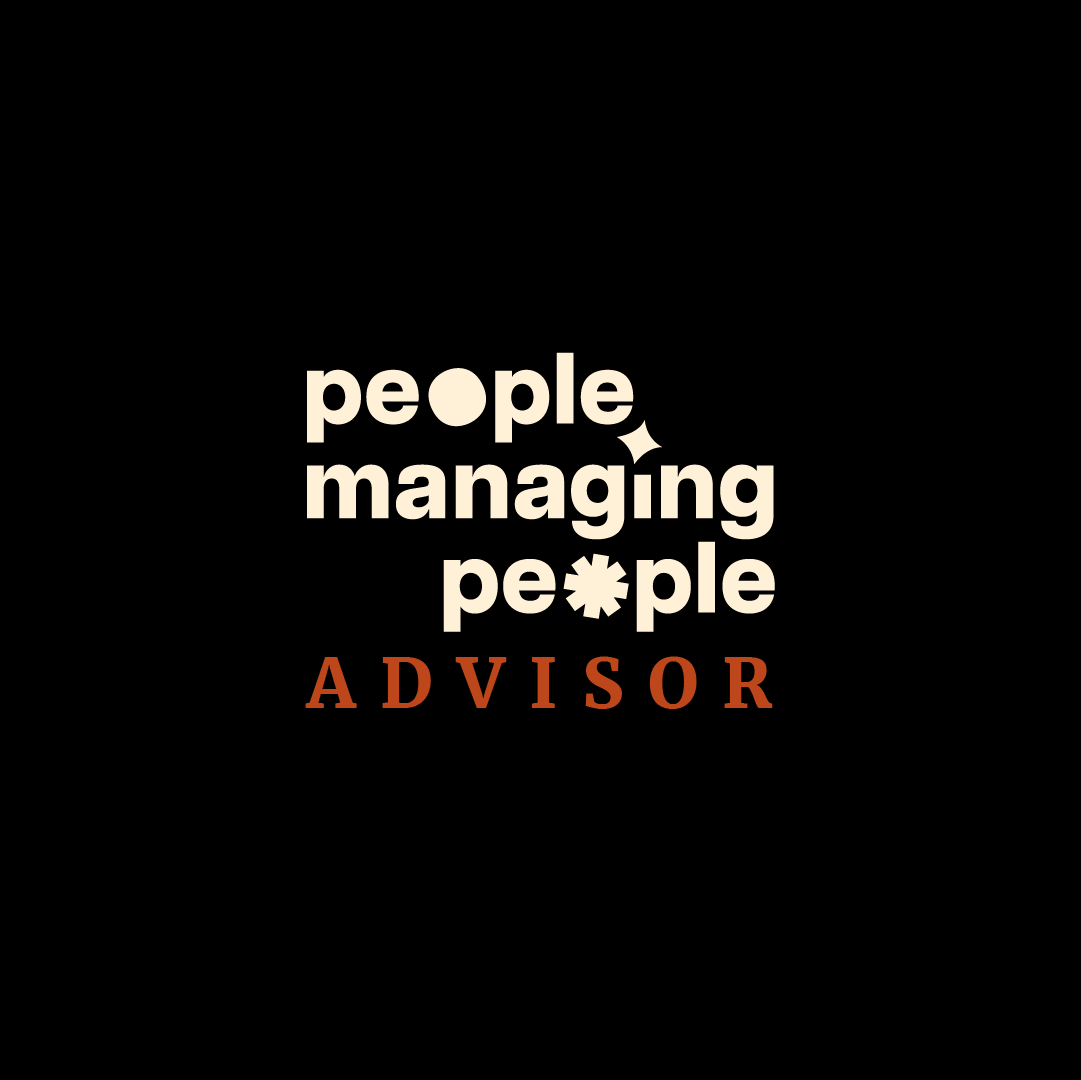When searching for asset management software, the pricing can often feel like a labyrinth. As you manage teams, track assets, and ensure compliance, understanding the costs involved in these tools can be another challenge.
It's not just about finding an asset management tool that fits your needs; it's about making sure it fits your budget too. Whether you're an HR Director or part of an Operations team, knowing what to expect financially can help you plan better and avoid surprises.
I get it—you're after clarity, not a sales pitch. Let's cut through the noise and focus on the actual costs associated with asset management software.
Let's examine the details that will equip you to make informed decisions for your organization.
What Is Asset Management Software Pricing?
Asset management software pricing refers to the cost structure of acquiring and using asset management solutions. These solutions help organizations track, manage, and optimize their assets, ranging from IT equipment and machinery to real estate and intellectual property, asset tags and access control systems often leveraging automation and custom fields to streamline asset-related workflows.
How Much Does Asset Management Cost?
Asset management solutions generally range from $13,500 annually for base licenses, with costs increasing based on resources managed, functionality, number of users, and contract terms. Cloud-based solutions often have lower upfront costs but may include recurring subscription fees.
Typically, these solutions offer annual contracts and may include implementation fees that vary depending on client needs.
The cost is less feasible for small businesses, while medium to large enterprises find better value as these tools are designed to handle larger volumes of data.
Asset Management Pricing Models
Most asset management solutions use a subscription-based pricing model, where you pay a regular fee to use the software. Other models include open-source and perpetual license models. Depending on business needs, providers may also offer open-source and perpetual license models.
Here's a quick look at how these different pricing models work:
| Pricing Model | How it Works |
|---|---|
| Subscription-Based | You pay a recurring fee, often monthly or annually, to access the software. |
| Open-Source | The software is free to use, but you might pay for support or additional features. |
| Perpetual License | You pay a one-time fee to own the software indefinitely. However, ongoing costs for maintenance, support, and optional add-ons such as advanced reporting or integrations may still apply. |
Average Cost of Asset Management
Here's a breakdown of the average costs for different pricing tiers of asset management:
| Plan Type | Average Price | Common Features |
|---|---|---|
| Free Plan | $0 | Basic tracking capabilities, limited support, and access to community resources. |
| Personal Plan | $15-$30/ user/month | Asset tracking, basic reporting, mobile access, and email support. |
| Business Plan | $50-$100/ user/month | Advanced reporting, integration options, multi-user access, and priority support. |
| Enterprise Plan | $150+/user/month | Custom integrations, dedicated account manager, advanced security, and full support. |
Additional Asset Management Costs to Consider
Beyond the average price point of Asset management, here are some additional costs to consider in your search:
- Upfront Costs: These are the initial expenses you’ll face when setting up your asset management system. As an HR Director, you might need to budget for software licenses and initial setup fees that can impact your department’s financial planning.
- Recurring Costs: Be ready for ongoing expenses such as monthly subscription fees. Many cloud-based solutions include automatic updates and maintenance in their pricing, reducing the need for costly manual upgrades. The number of users can also impact pricing, as vendors often charge per user.
- Hidden Costs: These are unexpected expenses that can pop up, like additional charges for premium features. As an HR Operations team member, you might discover these when you need a specific feature that wasn't included in the basic package. Some providers may bundle essential features into higher-tier plans, requiring an upgrade or add-ons for full functionality.
- Data Migration: Transferring existing data to the new system can be costly. You, as an HR Director, may need to hire external consultants to ensure a smooth migration, which can strain your time and resources.
- Training: You'll need to train your team to use the new system effectively. As an Operations Manager, you'll have to allocate time and budget for training sessions, which can temporarily reduce productivity.
- Maintenance Costs: Regular updates and system maintenance can incur additional fees. You should be prepared for these as they ensure the system runs efficiently, but they can also mean frequent budget adjustments.
- Hardware and IT Infrastructure: Sometimes new software requires updated hardware or IT support. If you're part of the HR Operations team, you might need to coordinate with IT to upgrade equipment, such as barcode scanners and access control devices for asset tracking, which can lead to unexpected spending.
Proving the ROI of Asset Management
Implementing asset management solutions can be a game-changer, but convincing stakeholders might feel like an uphill battle. I understand the challenges you face when trying to communicate the benefits to decision-makers. You need practical strategies to make your case effectively:
- Focus on Cost Savings: Highlight how asset management reduces waste and prevents unnecessary purchases. You can present data showing how much the company can save by maintaining optimal asset usage and avoiding overstocking.
- Emphasize Risk Reduction: Explain how real-time data from cloud-based asset management systems aids in making informed decisions. These solutions provide instant access to analytics, helping organizations optimize asset usage and reduce unnecessary expenditures.
- Showcase Improved Efficiency: Discuss how streamlining asset tracking can free up employee time for more strategic tasks. With better visibility and automated workflows, teams can reduce time spent on manual tracking.
- Highlight Compliance Benefits: Mention how asset management helps in adhering to regulatory requirements. You can illustrate this with scenarios where compliance leads to avoiding fines and maintaining a good industry standing.
- Talk About Data-Driven Decisions: Explain how real-time data from asset management systems aids in making informed decisions. Show how this data can support strategic planning and forecasting, which is crucial for long-term success.
- Present Scalability: Describe how asset management solutions can grow with the company. Emphasize that investing in scalable solutions now can save money and resources as the company expands.
- Illustrate Employee Satisfaction: Better asset management tools can improve employee satisfaction by ensuring they have the tools they need. Happy employees are often more productive and engaged, which benefits the company overall.
- Leverage Success Stories: Share examples from other companies successfully implementing asset management. Use these stories to illustrate potential benefits and outcomes your company could achieve.
With these strategies, you’re well-equipped to make a compelling case for asset management solutions and drive positive change in your organization.
Ongoing Support and Updates
Implementing an asset management solution is just the beginning—ongoing support and updates are essential to maintaining efficiency, security, and compliance.
Key considerations include:
- Software Updates & Security Patches – Regular updates enhance functionality and address security vulnerabilities, with some included in subscription plans, add-ons and others requiring additional fees.
- Technical Support – Support levels vary, from basic email assistance to 24/7 priority support, with some providers offering dedicated account managers at higher pricing tiers.
- System Maintenance & Performance Optimization – Proactive monitoring and automation helps minimize downtime and ensures smooth operation.
- Compliance & Regulatory Updates – Vendors provide updates to keep businesses aligned with evolving industry regulations, including security standards related to access control.
- Customization & Scalability – As needs change, organizations may require new features, integrations, or consulting services to optimize their systems.
Questions to Ask Asset Management Vendors
When you're looking for an asset management solution, it can be overwhelming to consider all the options available.
I've faced the same challenges and know how crucial it is to ask the right questions to determine whether a provider meets your needs.
Here are some key questions to guide your conversations with potential vendors:
- What are the total costs involved, including hidden fees, additional charges, and pricing based on the number of users?
- How easily can the solution scale as our organization grows?
- Does the software integrate seamlessly with our existing technology stack and improve our asset management workflow?
- What are the ongoing maintenance requirements, and who is responsible for them?
- What kind of support is available, and during which hours?
- How long does the onboarding process take, and what does it entail?
- Are there any customization options available to tailor the solution to our specific needs?
- Can the system handle multi-location or remote asset management efficiently?
- How frequently are updates or upgrades provided, and are they included in the cost?
- What security measures are in place to protect our data?
Armed with these questions, you'll be ready to dive into discussions with asset management vendors and make informed decisions. One last thing to remember: always ask for references or case studies from similar organizations to see how the solution has worked for others.
Final Tips for Managing Asset Software Costs
When you're diving into asset management, getting the pricing right is just one piece of the puzzle. The implementation process is crucial, so make sure you've got a plan that aligns with your team's needs and capabilities.
Choosing between cloud-based and on-premise solutions plays a key role in cost management. While cloud-based systems offer lower upfront expenses and more effortless scalability, on-premise solutions may provide greater control over security and customization.
It's about value, not just price. Always keep your specific requirements in mind, and don't hesitate to ask potential vendors the tough questions. This approach will help ensure you’re making decisions that benefit your operations in the long run.
Methodology: We’ve been testing and reviewing HR management software since 2019. We’ve tested more than 2,000 tools for different HR management use cases and written over 1,000 comprehensive software reviews.
Our pricing guides and software reviews are backed by extensive research and data from a large number of software vendors, users, and testers.
Disclaimer: As researchers and independent reviewers, our aim is to share information on typical software pricing structures to help our readers contextualize their purchase decisions. We are not providing financial advice and encourage you to consult with a financial specialist as needed for your unique business case.
Need expert help selecting the right Other Software?
If you’re struggling to choose the right software, let us help you. Just share your needs in the form below and you’ll get free access to our dedicated software advisors who match and connect you with the best vendors for your needs.
What's Next?
To remain up to date on all the latest in people management, subscribe to our newsletter for leaders and managers. You'll receive insights and offerings tailored to leaders and HR professionals straight to your inbox.



